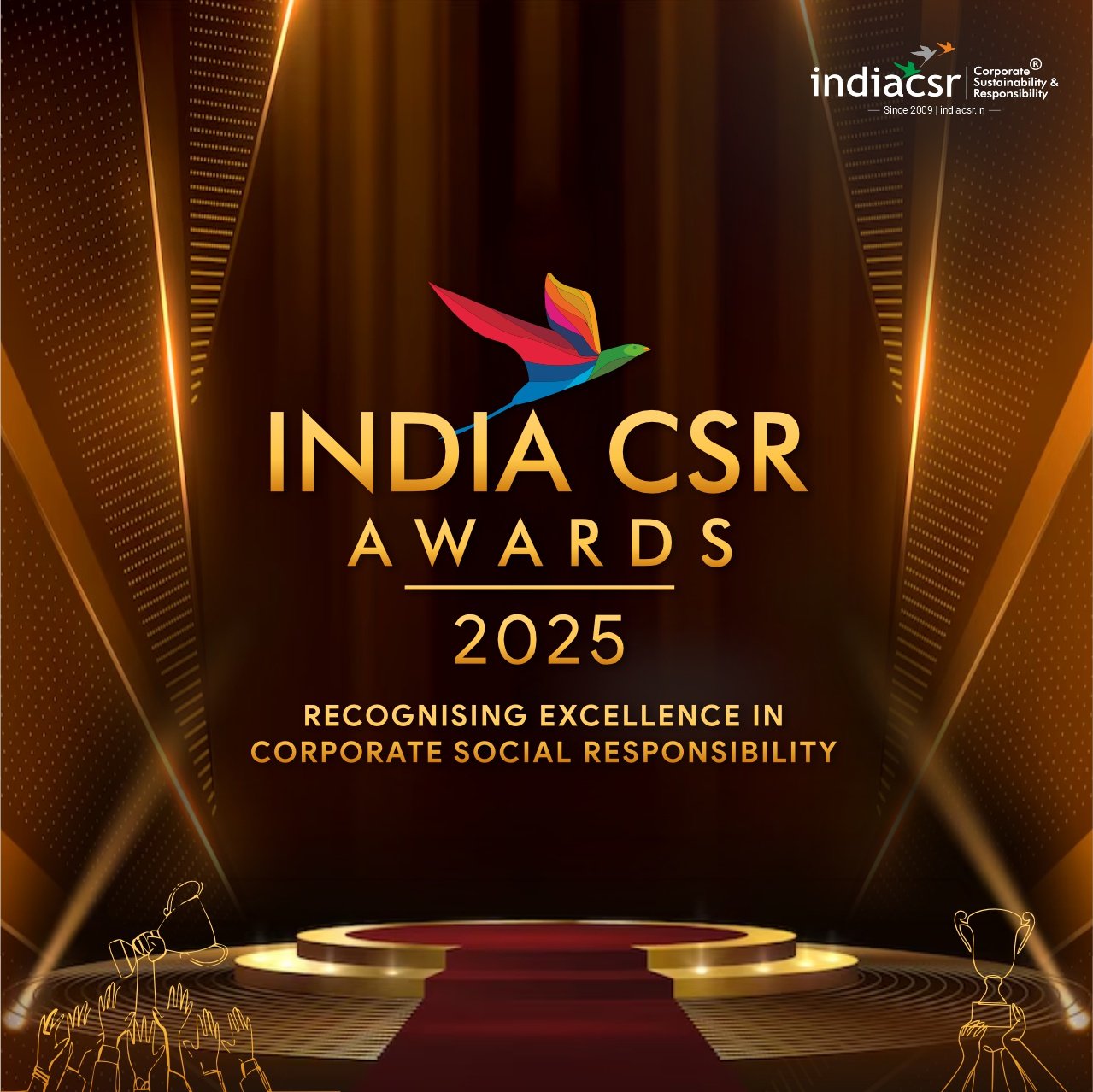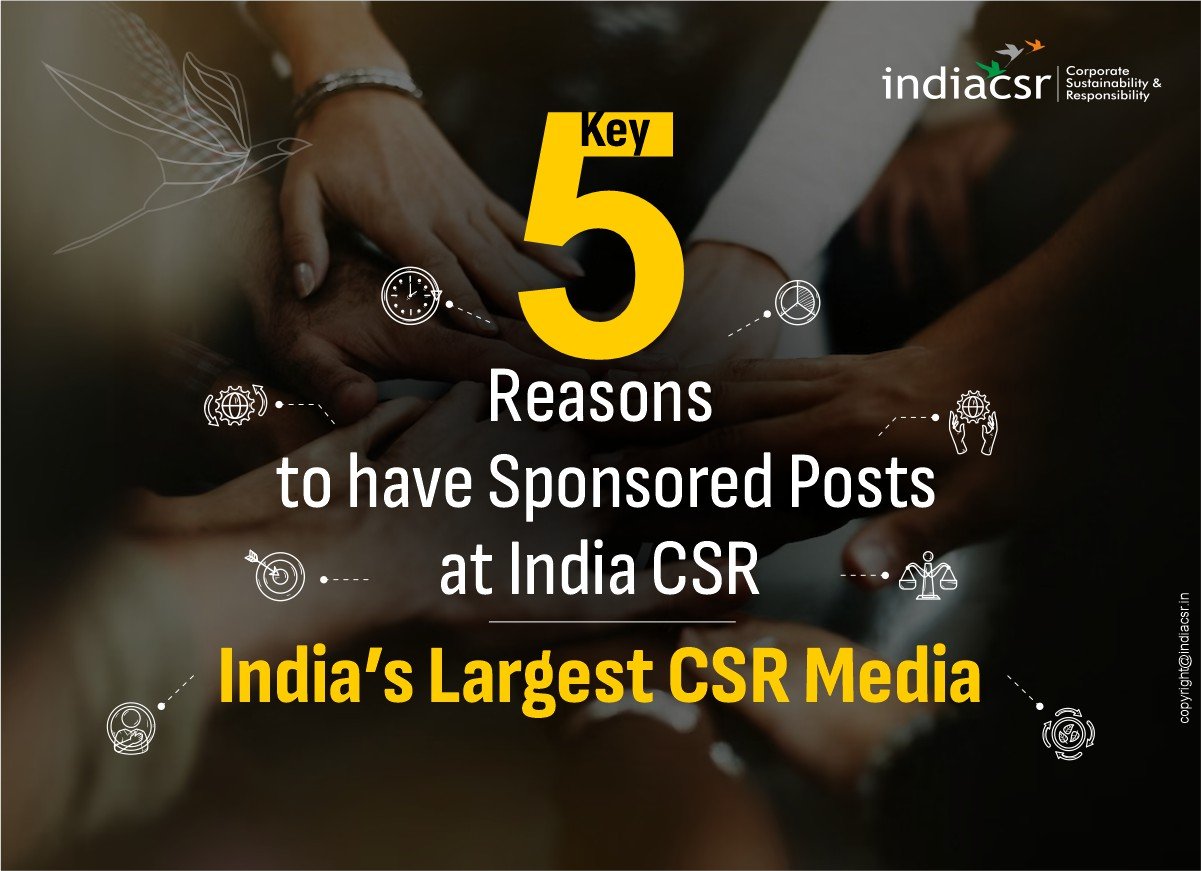Learn more about this important framework and how it is working towards a sustainable future.
The framework was adopted at the 15th Conference of Parties (COP15) to the UN Convention on Biological Diversity. The Framework was adopted by 196 countries at the COP15 conference in Montreal, Canada. The agreement is seen as a “Paris moment” for biodiversity, similar to the Paris Agreement on climate change.
By Rusen Kumar
The Kunming-Montreal Global Biodiversity Framework is a plan to address the rapid decline in biodiversity that is currently occurring worldwide. The framework is based on the findings of the Intergovernmental Science-Policy Platform on Biodiversity and Ecosystem Services (IPBES) Global Assessment Report and the Global Biodiversity Outlook, which have shown that approximately 25% of species are threatened with extinction and that the rate of species extinction is significantly higher than it has been in the past 10 million years.
The Kunming-Montreal framework seeks to transform society’s relationship with biodiversity by 2030, in line with the 2030 Agenda for Sustainable Development, with the goal of living in harmony with nature by 2050. The framework aims to catalyze and enable action by governments, subnational and local governments, and all of society to halt and reverse biodiversity loss and to achieve the framework’s goals and targets, to contribute to the three objectives of the Convention on Biological Diversity. The global framework promotes coherence and cooperation between the Convention on Biological Diversity and other relevant international agreements and promotes the inclusion of biodiversity considerations in all sectors.
I. Introduction
Biodiversity is essential for human well-being and the health of the planet, as well as economic prosperity. It provides food, medicine, energy, clean air and water, and protects against natural disasters, while also serving as a source of cultural inspiration and recreation. Recent reports, including the Global Assessment Report of Biodiversity and Ecosystem Services and the fifth edition of the Global Biodiversity Outlook, show that biodiversity is deteriorating at an unprecedented rate.
The IPBES report estimates that around 25% of species in the assessed animal and plant groups are threatened, with around 1 million species facing extinction unless action is taken to reduce the drivers of biodiversity loss. The Kunming-Montreal Global Biodiversity Framework seeks to respond to these challenges by creating a plan for transformative action to halt and reverse biodiversity loss by 2030 and achieve a shared vision of living in harmony with nature by 2050.
II. Background
Efforts to address biodiversity loss have been ongoing, including the development of the Strategic Plan for Biodiversity 2011-2020, but these efforts have not been sufficient to halt the decline in biodiversity. The major direct drivers of biodiversity loss are changes in land and sea use, direct exploitation of organisms, climate change, pollution, and the invasion of alien species. These drivers are caused by underlying indirect drivers, which are rooted in social values and behaviors. The rate of change in the direct and indirect drivers varies among regions and countries.
III. Purpose
The Framework aims to catalyze urgent and transformative action by governments, subnational and local governments, and society to halt and reverse biodiversity loss. The framework is action- and results-oriented, and aims to guide the revision, development, and implementation of policies, goals, targets, and national biodiversity strategies and action plans, as well as facilitate the monitoring and review of progress at all levels.
The framework also promotes coherence, complementarity, and cooperation between the Convention on Biological Diversity and its Protocols, other biodiversity-related conventions, and other relevant agreements, as well as between sectors and stakeholders.
IV. Vision, Mission, Goals, and Targets
The shared vision of the Kunming-Montreal Global Biodiversity Framework is to live in harmony with nature. The mission of the framework is to protect and restore biodiversity through transformative action. The framework sets out specific goals and targets for implementation by 2030, to achieve the three objectives of the Convention on Biological Diversity.
V. Implementation
Governments, subnational and local governments, and society must take action to implement the Framework. This includes the development and implementation of policies, goals, targets, and national biodiversity strategies and action plans at all levels. Progress must be regularly monitored and reviewed to ensure that the framework is effectively implemented.
VI. Capacity-building and Cooperation
Capacity-building is necessary at all levels to effectively implement the Kunming-Montreal Global Biodiversity Framework. Cooperation with relevant organizations and stakeholders is also necessary to ensure the success of the framework.
VIII. Review and Evaluation
The Framework calls for regular review and evaluation of progress to ensure that the framework is being implemented effectively. This includes monitoring and review at all levels, from local to international. Based on the results of these evaluations, adjustments may be necessary to the implementation of the framework to better address the challenges of biodiversity loss.
IX. Conclusion
The urgency of addressing biodiversity loss cannot be overstated, as the consequences of continued deterioration will be severe for both humans and the planet. The Framework offers a plan for transformative action to halt and reverse biodiversity loss and achieve a shared vision of living in harmony with nature. Its implementation is vital to achieving this goal and creating a sustainable future for all.
Note for Readers: We hope that you enjoyed reading this article and found it useful and thought-provoking. If so, please consider sharing it within your network and on social media.
Declaimer: Reprinting or republishing this article in web media or other formats is not permitted by India CSR.
(CopyRight@India CSR)


























